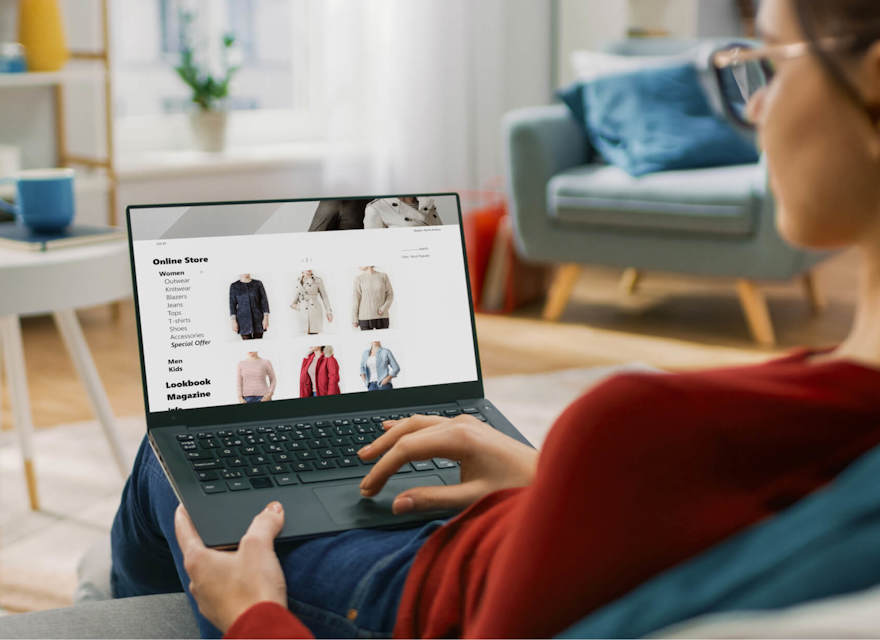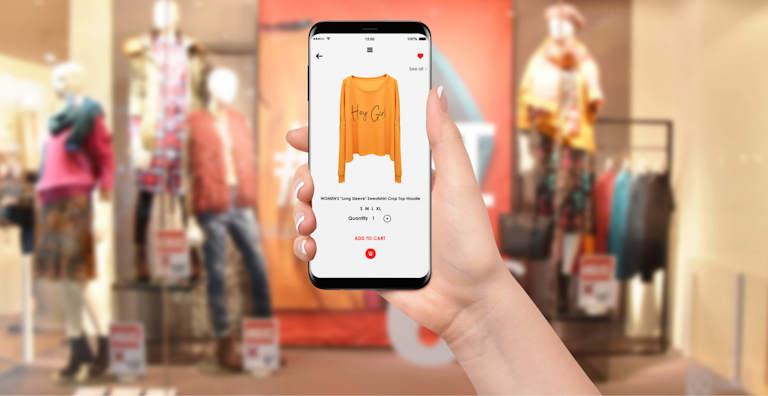To prepare for this eventual deletion and to prevent disruptions to your business, you should begin planning a move to a composable, headless architecture using a decoupled front end and the newer SAP OCC REST-based API extensions.
The OCC extensions already expose many of the SAP Commerce Cloud features that you offer to your customers through the existing storefronts. SAP has stated that they are committed to developing the OCC extensions to expose new B2C, B2B and B2B2C commerce features as they become available. In addition, you can easily add custom OCC endpoints for any business-specific features and functionality. These custom endpoints make it easier for a greater collaboration between the IT, marketing and business teams for improved customer experience.
As for the application frontend, there are many decoupled solutions to explore, such as SAP Commerce Cloud Composable Storefront (aka Spartacus), a third-party storefront - such as Vue Storefront or React Storefront, or even develop your custom solution. Each solution has implementation-specific pros and cons, including choices around integrating a content management solution.











